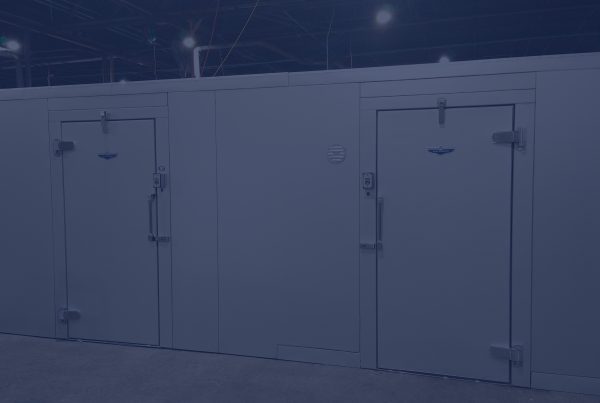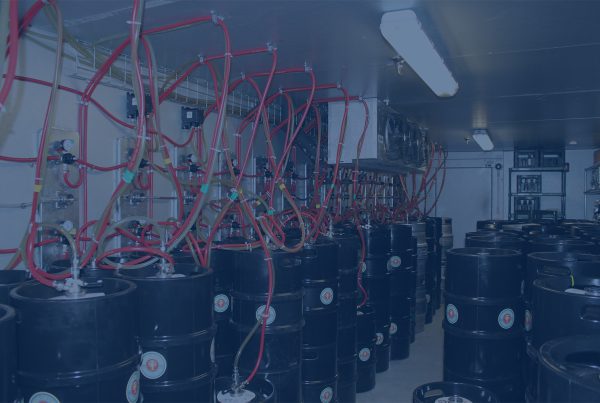Green Building Certification – LEED
Green design in buildings has increased rapidly in the last few years due to the increase in energy costs. To help centralize the green building criteria, the non-profit U.S. Green Building Council (USGBC) developed core principles for residential and commercial buildings that are designed to lower operating costs, reduce waste, reduce harmful greenhouse gas emissions, and conserve energy. The USGBC developed LEED (Leadership in Energy and Environmental Design), a rating system that serves as a third-party certification program. The numeric -point driven program evaluates a building’s total environmental performance. The number of points earned for a project determines the LEED certification level of the building. Buildings, not individual products, attain LEED certification based on the number of credits earned
U.S. Cooler offers several products to assist our customers in meeting the requirements for LEED certification.
LEED FAQs
What is LEED?
LEED is an internationally recognized green building certification system developed by the U.S. Green Building Council (USGBC). LEED is a 3rd party verification system that certifies that a building or community was designed and built to improve energy savings, water efficiency and reduce CO2 emissions. This program provides the marketplace with a framework for identifying and implementing green building design and construction.
How does LEED work?
LEED is a point based system where building projects earn points for satisfying specific green building criteria. There are seven LEED credit categories that projects must satisfy to earn points towards the LEED certification. The number of points the project earns determines the level of LEED certification the project receives. LEED certification is available in four levels according to the following point structure:
There are 100 base points; 6 possible Innovation in Design and 4 Regional Priority points
Certified 40-49 points
Silver 50-59 points
Gold 60-79 points
Platinum 80 points and above
The allocation of points is based upon positive impacts on energy efficiency and CO2 reductions.
Regional credits acknowledge the importance of local conditions. LEED projects can earn bonus points for implementing green strategies that address the important environmental issues in the respected region.
What types of buildings could use LEED?
LEED certification is available for all building types including new construction and major renovation, existing buildings and commercial interiors.
Are there specific products that can help me achieve LEED certification?
No. Individual products are not certified for LEED usage; LEED applies to the entire project. However, in order to meet LEED requirements products will need to have certain characteristics to achieve points for certification. There are certain elements of the LEED process that require specific product performance data to attain certification.
How much does LEED certification cost?
USGBC charges a registration fee per project of $450 for USGBC members and $600 for nonmembers. Fees for certification vary by project size but the average certification cost is about $2,000.
How do I get a project LEED certified?
The U.S. Green Building Certification Institute administers the certification process through a network of third-party certification professionals. To begin the registration process, visit www.gbci.org.
Sources: U.S. Green Building Council http://www.usgbc.org
Heatcraft Refrigeration http://www.heatcraftrpd.com/res/pdf/61435_HRP_Take-the-LEED.pdf


